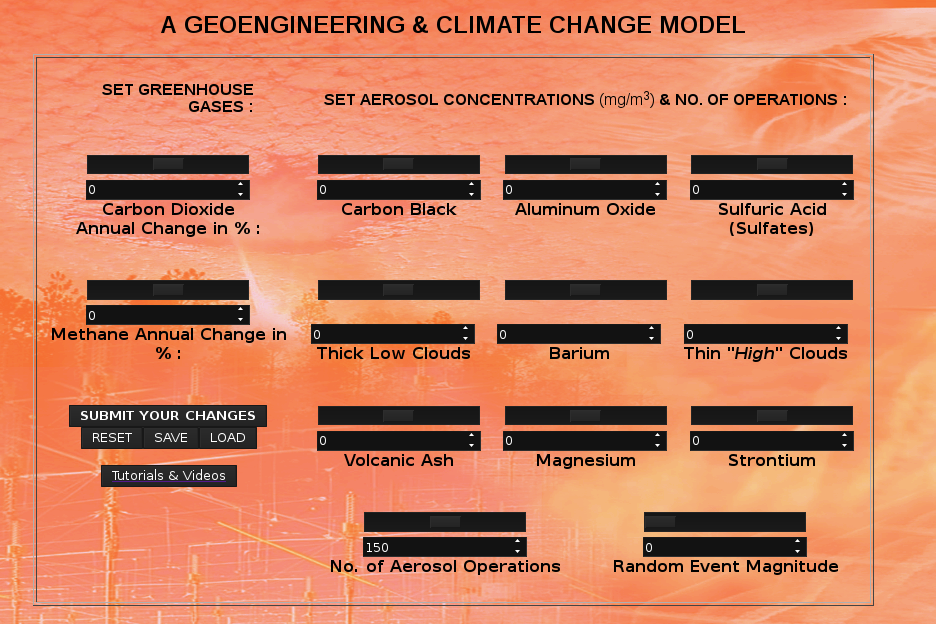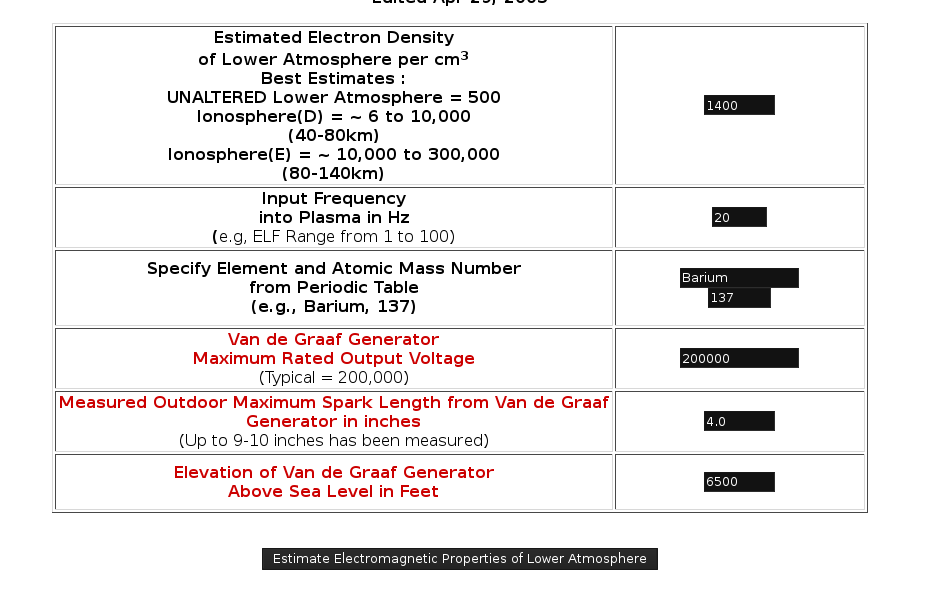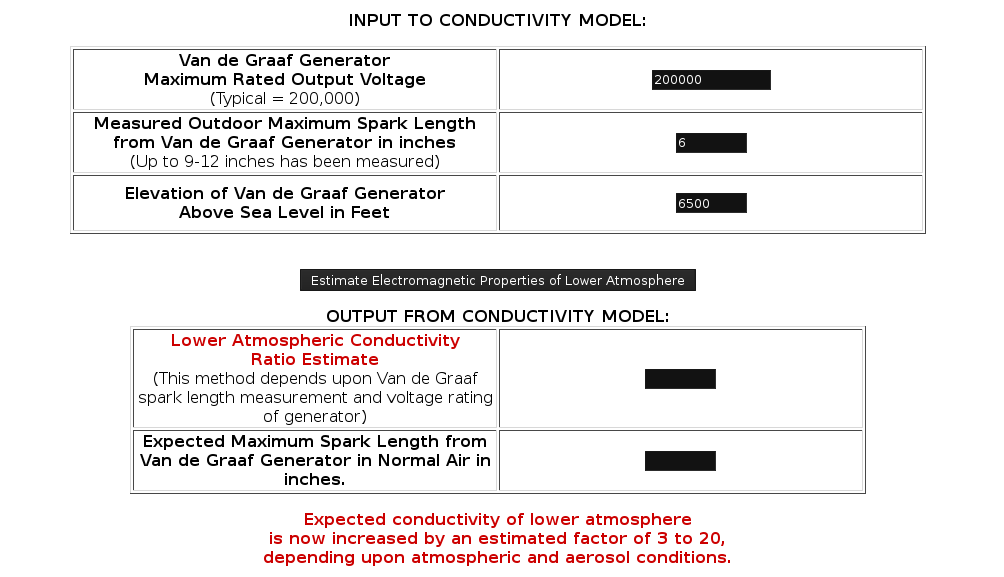
A GEOENGINEERING & CLIMATE MODEL
This is a model to estimate climate change from applying changes in greenhouse gas concentrations relative to the current rates of increase. It also provides for introducing various aerosols and into the atmosphere. It also includes the simulation of random events upon climate change.




